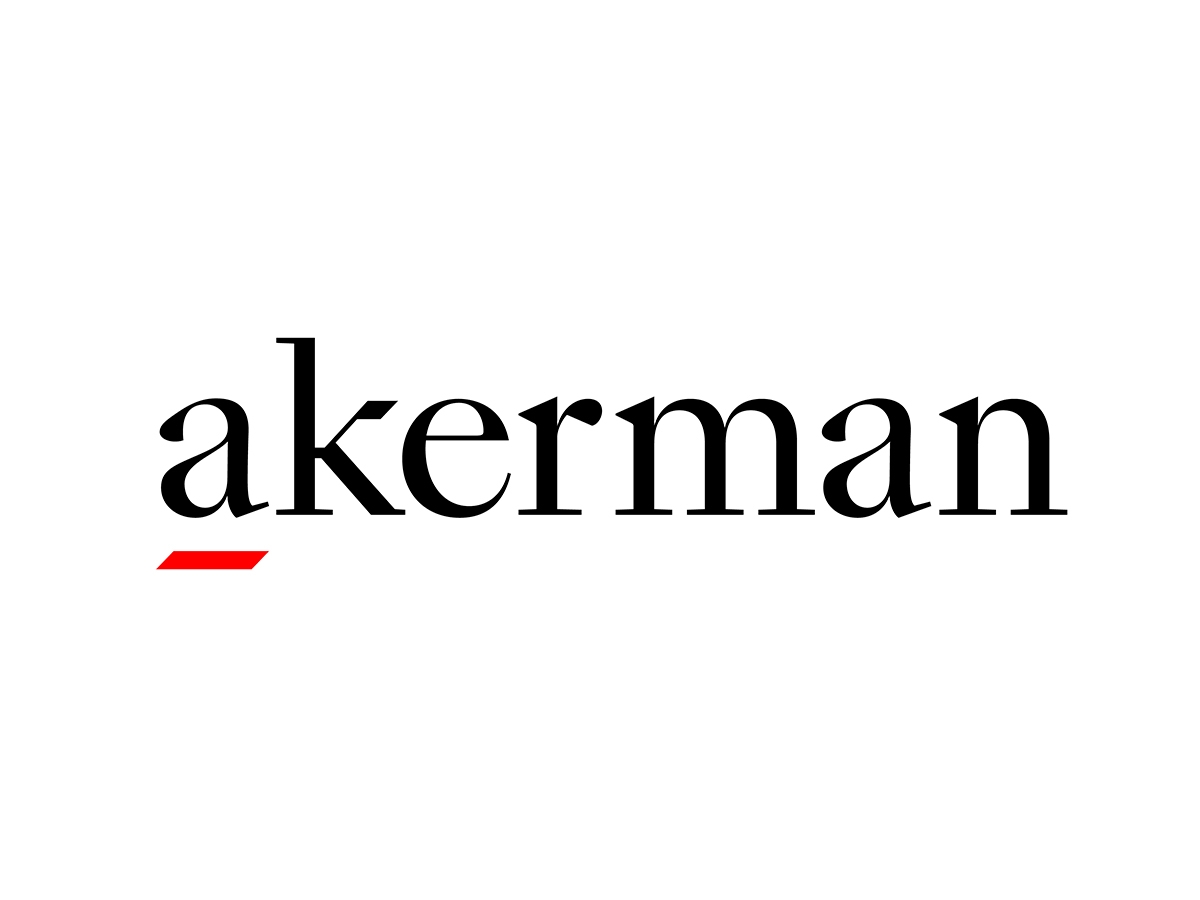Federal Circuit Narrows “Comparison Prior Art” for Design Patent Infringement | Sunstein LLP
The Federal Circuit Court of Appeals recently narrowed the scope of “comparison prior art” that may be used in a design patent infringement analysis. “Comparison prior art” includes references used to help highlight distinctions between a plaintiff’s claimed design and a defendant’s design that is accused of infringing.
In Columbia Sportswear North America, Inc. v. Seirus Innovative Accessories, Inc., the Court held for the first time that comparison prior art must be directed to the same article of manufacture as the claimed design. In reaching this holding, the Federal Circuit clarified its 2008 en banc opinion in Egyptian Goddess, Inc. v. Swisa, Inc., in which the court established the “ordinary observer” test as the exclusive design patent infringement test and endorsed a three-way comparison between the claimed design, the accused design, and prior art designs as helpful in carrying out that test.
Columbia Sportswear centered on US Design Patent No. D657,093 (the D’093 patent), titled “Heat Reflective Material,” which claims “[t]he ornamental design of a heat reflective material, as shown and described.” The figures of the D’093 patent show a contrasting wave design. Seirus markets and sells products (e.g., gloves) made with its own material, referred to as “HeatWave.”
Columbia sued Seirus for infringement in US district court. In the infringement analysis, the district court applied the “ordinary observer” test articulated by the US Supreme Court in Gorham Co. v. White (1871):
[I]f, in the eye of an ordinary observer, giving such attention as a purchaser usually gives, two designs are substantially the same, if the resemblance is such as to deceive such an observer, inducing him to purchase one supposing it to be the other, the first one patented is infringed by the other.
As part of performing the ordinary observer test, the district court analyzed comparison prior art offered by Seirus. The role of comparison prior art is set forth in Egyptian Goddess:
[T]he ordinary observer is deemed to view the differences between the patented design and the accused product in the context of the prior art….And when the claimed design is close to the prior art designs, small differences between the accused design and the claimed design are likely to be important to the eye of the hypothetical ordinary observer.
Two of the offered references, U.S. Patent Nos. 2,539,690 (“Boorn”) and 1,515,792 (“Respess”), disclose, respectively, a method of inlaying plastic threads into plastic sheets and a process of making a “pliable unwoven fabric” for “a rubber tire and similar articles.” The district court concluded that these references “’cover[ed] products far afield’ from the D’093 patent’s heat reflective material and therefore were not relevant comparison prior art” (Columbia v. Seirus, quoting SJ Opinion, 202 F. Supp. 3d).
The district court considered a third offered reference, U.S. Patent No. 5,626,949 (“Blauer”) (the ’949 patent) as relevant and analyzed it side-by-side with the asserted patent and the accused material. Blauer is titled “Breathable Shell for Outerwear” and relates to “fabric constructions for outerwear, and more particularly, to shell fabric constructions for coats, pants, jackets, boots, gloves, and other outer clothing…for protection against inclement weather.” Columbia’s D’093 patent, the accused HeatWave product, and a representative figure from Blauer are all shown below:
The district court found that “the contrasting waves of Seirus’s design are still substantially closer to the contrasting wave design disclosed in the D’093 patent than either Seirus’s or Columbia’s design is to the pattern disclosed in [Blauer]” and that “[t]he overall visual effect of the Columbia and Seirus designs [is] nearly identical,” leading to the district court granting summary judgement on infringement. A subsequent jury trial then resulted in an award of over $3M in damages to Columbia.
Seirus appealed, resulting in the Federal Circuit vacating the summary judgement in Columbia I and remanding for further proceedings. Among other errors, the Federal Circuit ruled that the district court had improperly resolved the question of impact of Seirus’s comparison prior art by finding that “[t]he overall visual effect of the Columbia and Seirus designs [is] nearly identical.” As a factual issue, this should have been left to the jury.
On remand, the district court held a jury trial on infringement. In the process, the court limited admissible prior art only broadly to “wave patterns on fabric” and allowed Seirus to present all three asserted comparison prior art references, Boorn, Respess, and Blauer, to the jury. Further, the court disallowed Columbia from attempting to distinguish the references as not directed to heat reflective material, as the D’093 patent was. The court reasoned that such distinguishing would “improperly import functional considerations into the design-patent infringement analysis.” Columbia disagreed with the court regarding jury instructions on the scope of comparison prior art to consider. The instructions to the jury ultimately left it to them to determine which of the three proposed references should be used for comparison. The jury returned a verdict of non-infringement.
Columbia appealed to the Federal Circuit, challenging, among other things, the jury instructions concerning comparison prior art, together with the court’s related exclusion of evidence and argument. Columbia argued that “heat reflective material” does not include simply any material, such that some of the proffered comparison prior art references should have been excluded. On the other hand, Seirus argued “that permitting distinctions among materials (as articles of manufacture) based on whether they are heat reflective would improperly read a functional limitation into Columbia’s design patent.”
In deciding the appeal, the Federal Circuit generally pointed to the value of comparison prior art, as set forth in Egyptian Goddess, in highlighting both distinctions and similarities between the claimed and accused designs. The court sided with Columbia in concluding that comparison prior art used in an infringement analysis “must be applied to the article of manufacture identified in the claim.” The court reasoned that:
First, doing so best accords with comparison prior art’s purpose. In an infringement analysis, that purpose is to help inform an ordinary observer’s comparison between the claimed and accused designs—designs that, necessarily, must be applied to the same article of manufacture. Naturally, prior-art designs will help in that comparison only to the extent that they too are applied to that article of manufacture.
Second, … requiring that such designs be applied to the article of manufacture identified in the claim conforms with many cases in which courts considered such designs—including the cases most instructive on the role of comparison prior art….
Third, using the same scope for anticipatory prior art and comparison prior art makes good practical sense. This standard is already in the system…[,] is…easy to articulate[,] and provides clear boundaries[, such as]…provid[ing] more accurate and predictable notice about what is and is not protected by the design patent….
With the proper standard of comparison prior art clarified, the Federal Circuit also determined that “the district court erred by failing to instruct the jury as to the scope of the D’093 patent claim (design for a heat reflective material) and, relatedly, the proper scope of comparison prior art…[,] a question reserved for the fact finder…where there could be reasonable disagreement.”
Along with the comparison prior art standard, the Federal Circuit also clarified that “referencing functionality to distinguish articles of manufacture is not categorically impermissible.” While “[i]t is true that valid design patents cannot be directed to designs that are primarily functional, as opposed to ornamental…, looking to the articles’ respective functions” is “[a] natural, relevant consideration for distinguishing one article from another” for purposes of determining admissible comparison prior art.
The court further highlighted differences between the effects of logos, such as that added by Seirus in its HeatWave design, in questions of trademark infringement and design-patent infringement. Specifically, even in a case where an accused infringer scrupulously applies a label to avoid consumer confusion as to product source, thus also avoiding potential trademark infringement, a similar labeling does not, by itself, avoid liability for design-patent infringement. Otherwise stated, “just because consumers might not be confused about an accused product’s source, that alone would not preclude an ordinary observer from deeming the claimed and accused designs similar enough to constitute design-patent infringement.”
In view of these findings, the Federal Circuit vacated the non-infringement judgment and remanded for further proceedings.
Thus, even amid the ongoing legal drama between Columbia and Seirus, the Federal Circuit Court of Appeals has provided valuable guidance to which design patent practitioners and litigators should give heed. In addition to limiting the pool of admissible prior art in design-patent litigation, the relevance of functional aspects in a design-patent claim makes this case equally relevant to design-patent prosecution. Practitioners should carefully consider any functional aspects specified for an article of manufacture, with a view toward appropriate exclusion of prior art for comparison in infringement litigation, as well as for anticipation during prosecution.







